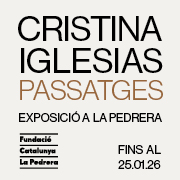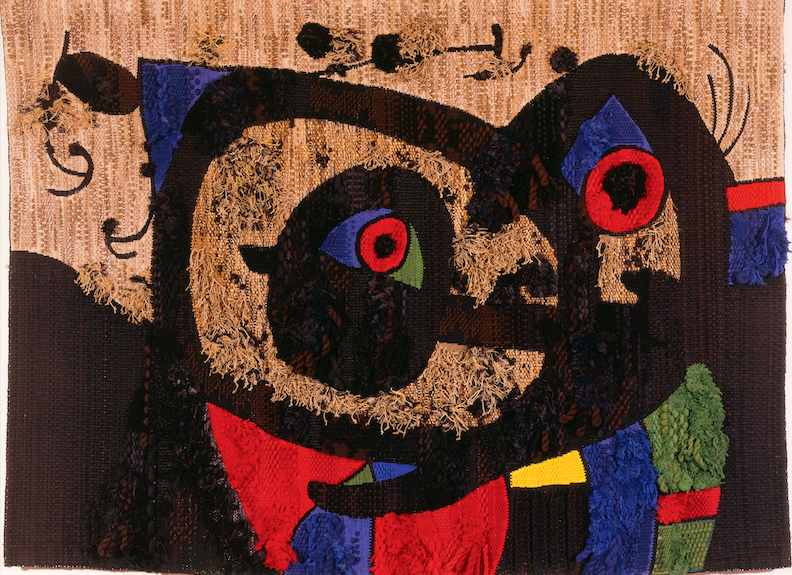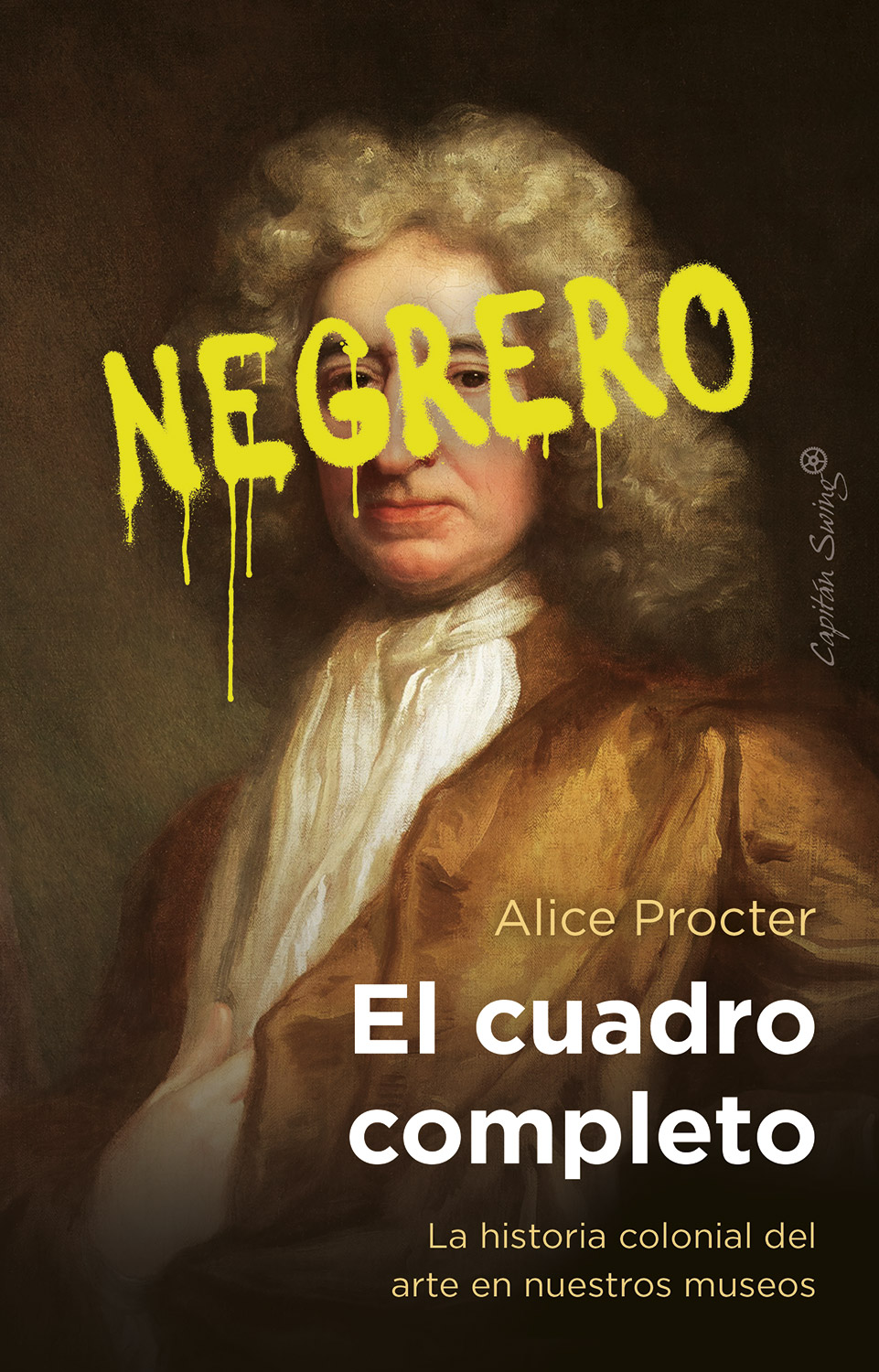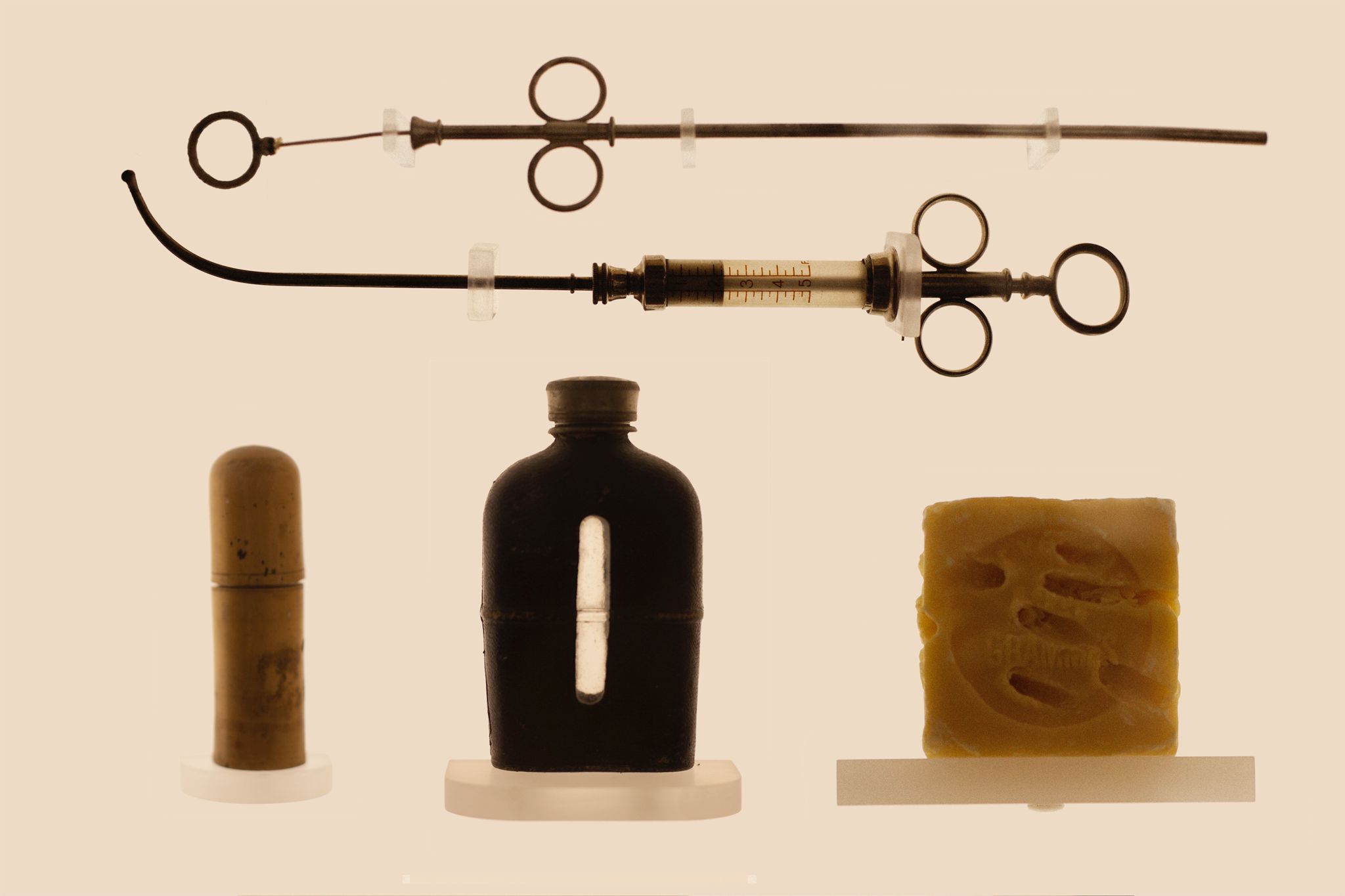News
The Sixena murals litigation enters a new chapter
Aragon demands the execution of the sentence for the works of Sixena
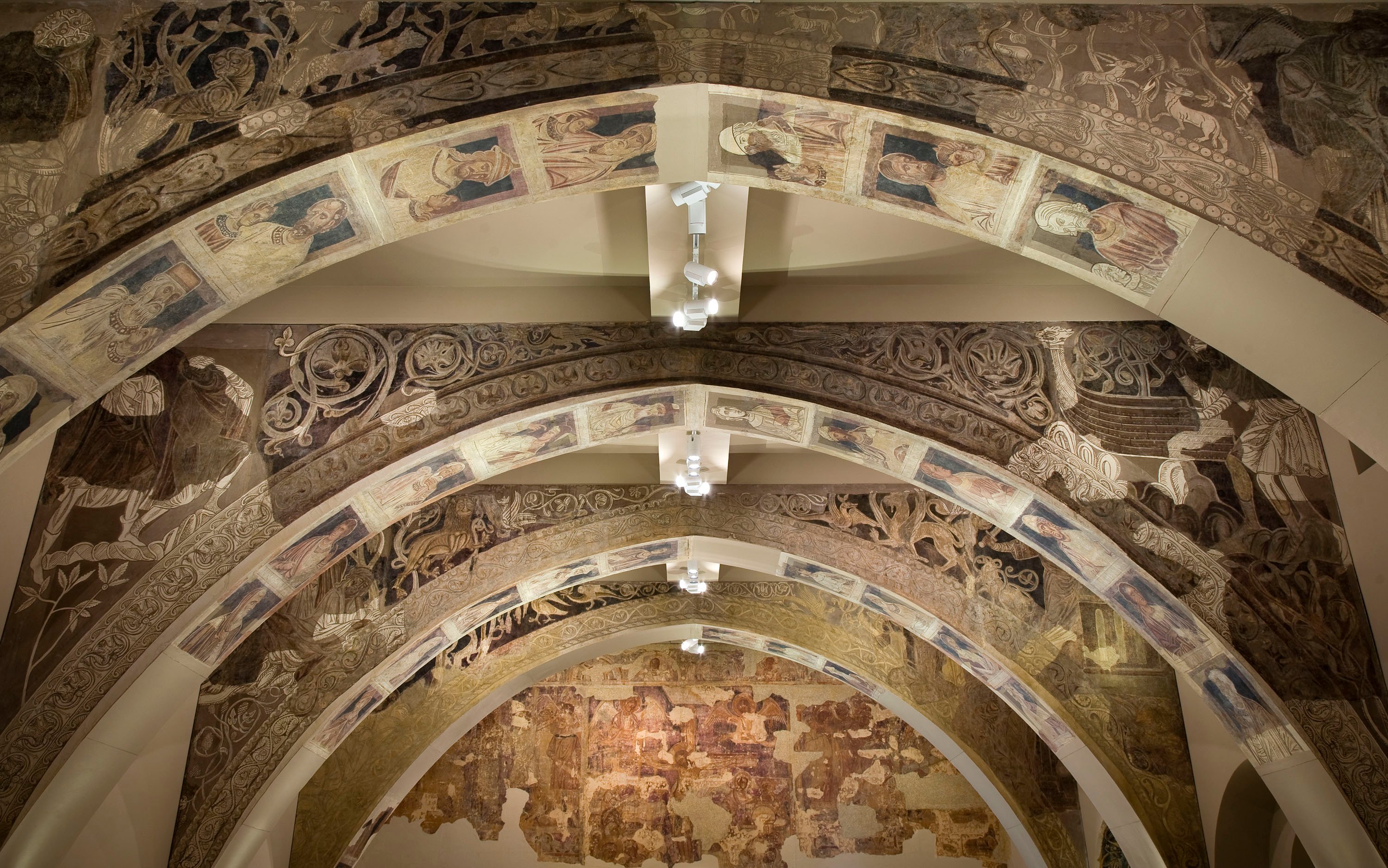
The murals of Sixena are experiencing another chapter in the entire litigation that they are experiencing. Aragó is now demanding the forced execution of the sentence in a complicated transfer, since moving the murals could imply losing part of the pictorial compositions, as explained in the conferences dedicated to this transfer and its possible consequences.
The conservator and restorer Pere Rovira explains that more than 20% of the pictorial material can be lost from the Sixena mural paintings when they are dismantled from the MNAC to be packed, moved and reassembled in the monastery's chapter house.
However, Aragon is demanding the recovery of the paintings and the Aragonese government is presenting the request to the Huesca court with a clear objective: to return the paintings as soon as possible. This decision comes four days after the Museu Nacional d'Art de Catalunya (MNAC) will present an incident of execution to justify the technical impossibility of complying with the Supreme Court's ruling.
In parallel with these claims, in the main hall of the Royal Academy of Fine Arts of Sant Jordi in Barcelona, a conference on the conflict over the Sixena mural paintings was held with a program that included qualified experts in different fields of action. A conference of debate where it was clear that the Sixena litigation went beyond the artistic sphere and that the debate was not in the realm of heritage.
The Supreme Court ruling ratifies and determines that the MNAC must return the 35 fragments of the mural paintings from the Chapter Hall of the Sixena Monastery and eight fragments of secular paintings. In total, 43 fragments that are exhibited in rooms 16 and 17 of the Catalan museum.




